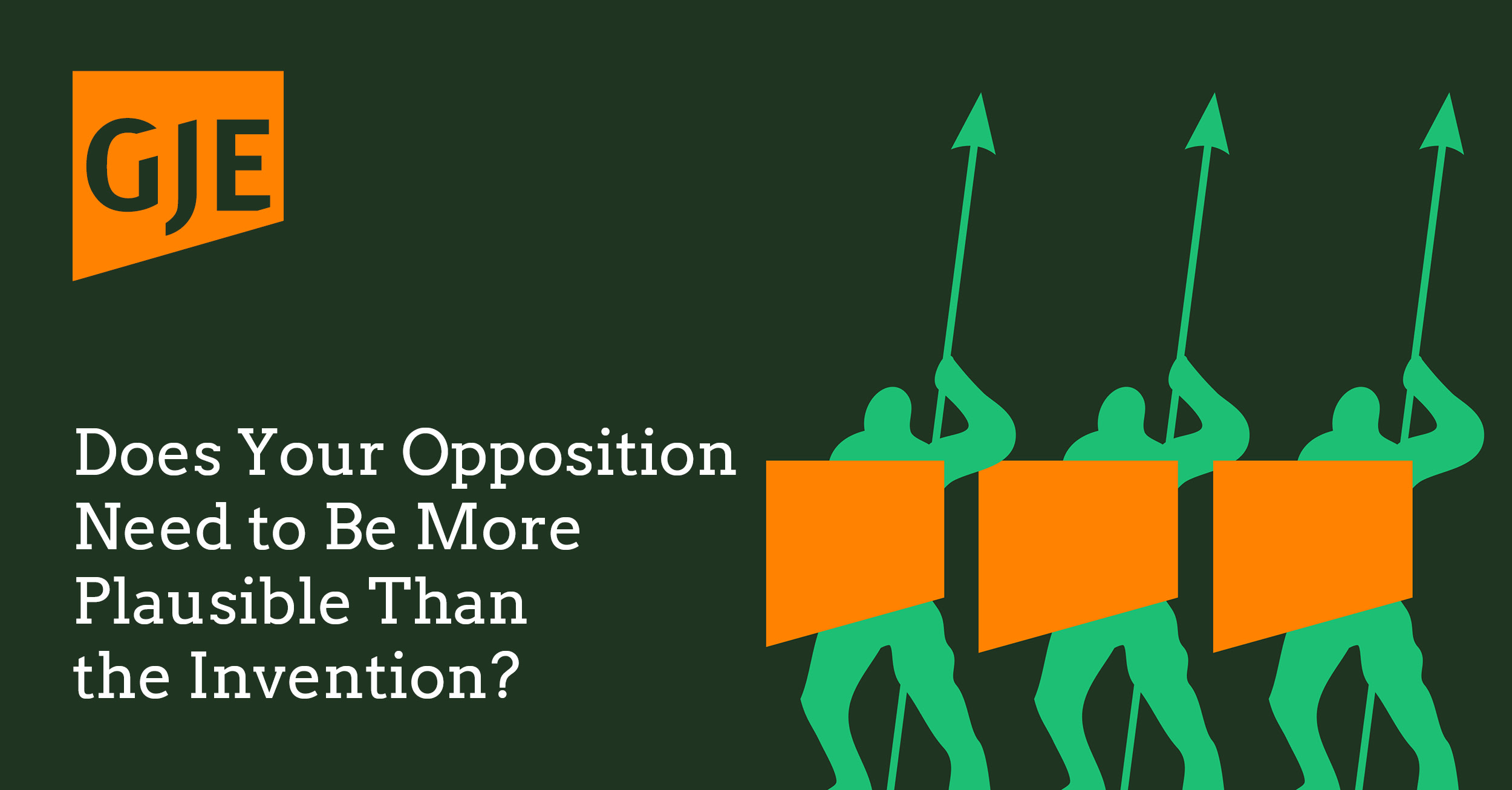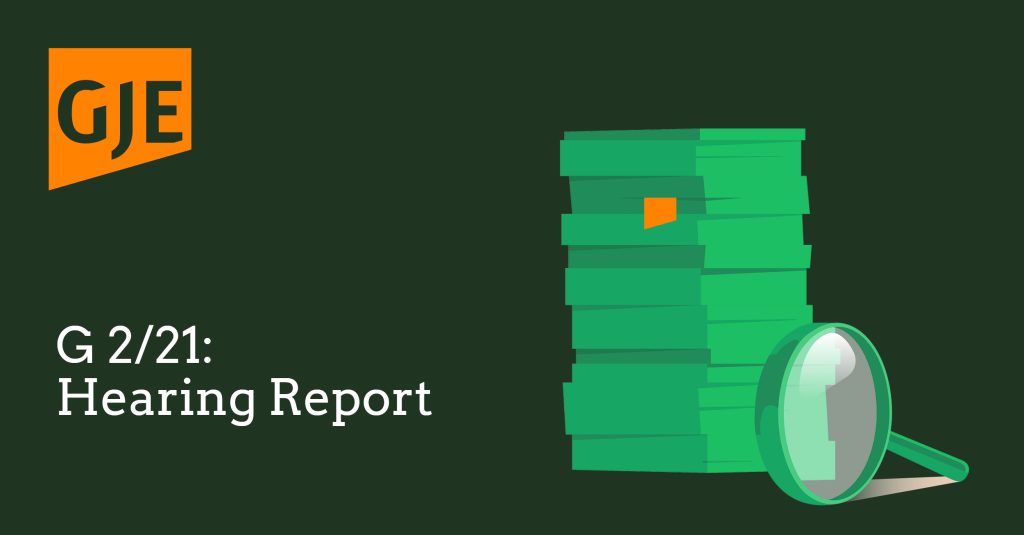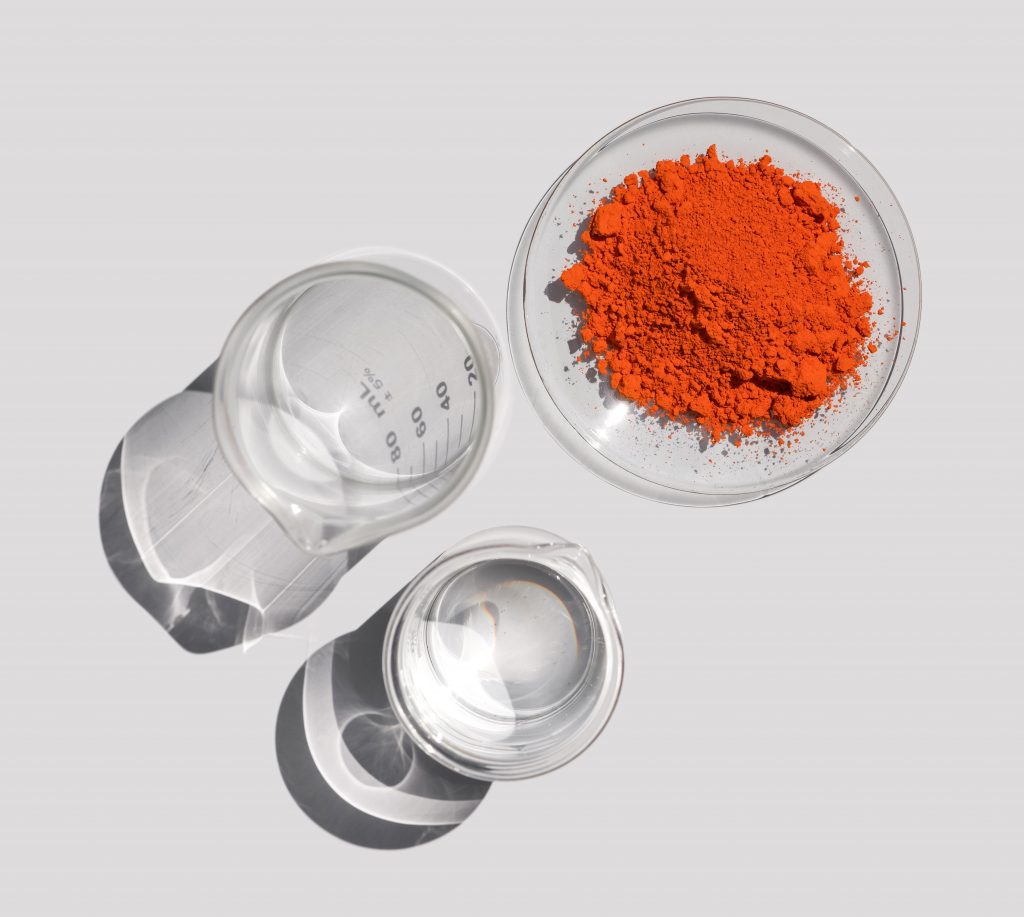
While the patent world awaits the issuance of the eagerly anticipated G 2/21 Enlarged Board of Appeal decision on plausibility, Arnie Clarke considers what the future will look like for opponents of European patents.
Following our recent reports on the issuance of the preliminary opinion of the Enlarged Board of Appeal and the subsequent oral proceedings, it is assessed how the opponents of European patents may be affected by the G 2/21 decision and what they could be doing to improve the effectiveness of their current and future oppositions.
Reading between the lines of the preliminary opinion and the comments of the Enlarged Board at the oral proceedings, it appears to be tending towards an ab initio implausibility standard. This would allow post-published evidence to be taken into consideration if the skilled person had no significant reason to doubt the technical effect.
Compared to the alternative ab initio plausibility standard, such a standard raises the bar for opponents and lightens the burden for the patentee. It is up to the opponent to provide reasons why a technical effect would have been implausible to a skilled person at the filing date.
Self-evidently, this suggests that opponents will have to work harder to undermine the technical effect suggested in the patent. It is more likely that the provision of comparative data and expert evidence will be required in order for opponents to discharge their burden of proof.
In some cases, while this will require work, it will be relatively straightforward. For example, practically demonstrating that something that falls within the scope of a claim does not have the alleged technical effect or providing arguments, which, on the balance of probability, demonstrate the same, should move the burden of proof to the patentee to justify its technical effect.
However, there are some examples where this approach will be difficult, if not impossible. For example, in medicinal therapeutic technologies, it may be ethically unacceptable to demonstrate that a claimed therapeutic treatment does not work across the scope of a claim. For instance, where comparative testing requires in vivo evaluation of the therapy in humans, the demonstration of treatment failure would likely result in harm to the test subject. A similar situation could arise with medical devices where the technical effect relies on an interaction with the human body. In such circumstances, opponents will have to innovate to avoid such ethical pitfalls. For example, credible proxy testing or in vitro testing, along with technical support for their relevance, may be suitable alternatives.
A particularly difficult situation may be encountered where a claim has a relatively narrow scope and the patentee has been fortunate in obtaining allowance of an unsupported invention, which is subsequently proven to work. An example would be a claim to a therapeutic drug regimen. The European Patent Office (EPO) often finds such claims plausible on the basis that the claimed drug is already known to work in the claimed indication. As such, it often finds that a new regimen is not implausible because the drug is already known to have a pharmacological effect in the same ailment, albeit using a different regimen. If, despite a deficit of evidence in the patent, subsequent clinical trials prove the new regimen is effective or advantageous, then there will be little opportunity under the ab initio implausibility standard to prevent the use of the post-published data and the finding of an inventive step.
Of course, opponents should not forget that they have a raft of other grounds of opposition, which could be brought to bear on the validity of the patent.
For example, if an effect that is present in the claim is deemed plausible, but the actual demonstration of which has not been supported with evidence, then it may be possible to successfully argue that the claim does not meet the disclosure requirements of the European Patent Convention (EPC) (Article 123(2) EPC) – in this case, disclosure that the effect actually occurs. As such, the difference between the level of support required to make an effect plausible for the purposes of inventive step and the requirement for direct and unambiguous disclosure for the assessment of Article 123(2) EPC may be exploitable.
It is also conceivable that the G 2/21 decision may leave the door open for insufficiency attacks on claims that would otherwise pass the plausibility test under inventive step. It should be noted that the Enlarged Board has explicitly indicated that its consideration of plausibility standards will not extend to considerations under sufficiency of disclosure.
In this regard, plausibility can also arise under the ambit of sufficiency of disclosure under Article 83 EPC. In circumstances where the technical effect itself is claimed (e.g. in claims containing a functional feature), the application must make it plausible that the claimed function is credibly disclosed. This situation commonly arises in relation to second medical use claims.
A notable point raised during the written proceedings of G 2/21 is that a distinction may be made between the assessment of plausibility under inventive step and sufficiency. As Article 83 EPC (sufficiency) refers to the disclosure of the invention in the application, whereas Article 56 EPC (inventive step) refers to the invention per se, it could be argued that sufficiency of disclosure has to be established at the filing date, while inventive step can be assessed later in proceedings (and there should, therefore, be less of a hurdle for inventive step plausibility). This would leave a more exacting standard in place for the assessment of Article 83 EPC.
In reality, whether the EPO will allow divergence between the standard for considering post-published evidence under Article 83 EPC and Article 56 EPC remains to be seen. If it does, I expect a further reference to the Enlarged Board to quickly follow.
Next steps
We will be reporting as the case progresses, so connect with us on LinkedIn here and sign up here to receive further G 2/21-related news and insights. In the meantime, please contact Arnie Clarke if you would like to discuss the potential relevance of G 2/21 and plausibility to your business.


